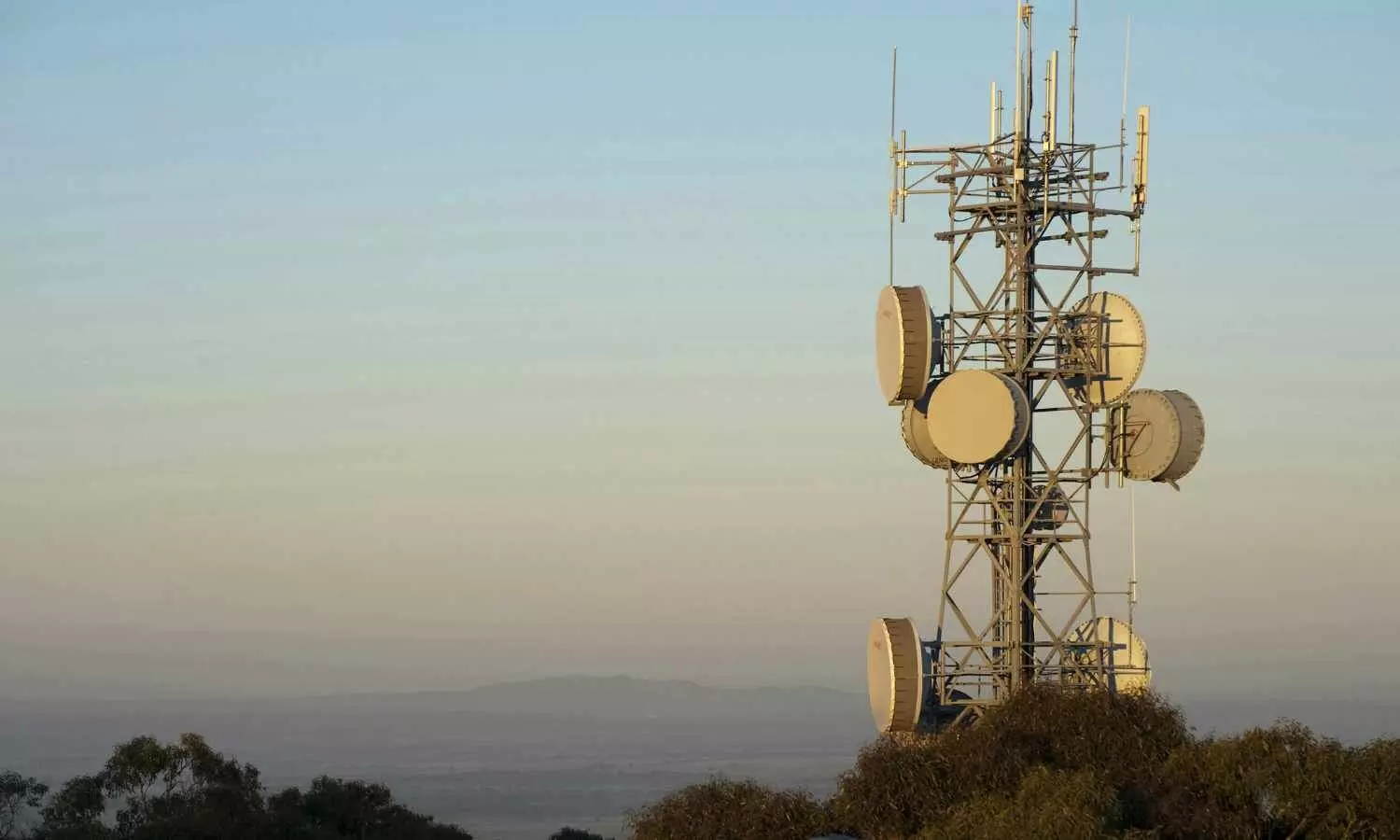The future of telecom
Explore the future of telecom as 5G, AI, and IoT revolutionize connectivity, drive digital transformation, and reshape global communication networks.
The future of telecom

After receiving the Global Mobile Personal Communication by Satellite (GMPCS) license from the Department of Telecommunications (DoT), Starlink is all set to launch its services in India.
According to the reports, the setup kit is likely to be priced at Rs. 33,000. It is important to note that the setup kit will be required for accessing the satellite communications network. The reports further add that the users may have to spend between Rs. 3,000 and Rs. 4,000 a month if they wish to subscribe to Starlink’s unlimited data plans.
The Starlink’s pricing strategy in India will not take into account the massive market size but instead, depend upon the capacity constraints and global costs. The rates are likely to be similar to other markets in the Indian subcontinent, such as Bangladesh and Bhutan, where the satellite communication services are available.
SpaceX-owned company’s Standard kit will likely be priced at Rs. 33,000.
The components which are required to get the satellite-based internet services are the Starlink dish, kickstand, Gen 3 router, Starlink cable, AC cable, and power supply.
This kit is meant for residential users for everyday applications, including streaming, video calls, and online gaming.
The monthly tariffs are expected to be between Rs. 3,000 and Rs. 4,200 for the plan with unlimited data.
Satellite connectivity remains in its early stage in India, the world’s most populous nation, many of whose rural poor still live in remote or hard-to-connect places. Success in the market, where costs are estimated to be higher than for broadband, will depend on pricing, according to Counterpoint.
Airtel had previously signed a similar collaboration deal with France’s Eutelsat OneWeb, another satellite internet provider that, like Starlink, delivers global coverage through low Earth orbit constellations.
India’s internet scene is a tale of two worlds. Cities enjoy high-speed broadband from Jio and Airtel, but millions in rural areas still struggle with patchy or non-existent connectivity. Despite government efforts, internet penetration in India remains around 47%, leaving over 700 million people without reliable access.
This is where Starlink’s low Earth orbit (LEO) satellites come in. Instead of relying on traditional infrastructure like fibre-optic cables or cell towers, Starlink beams the internet directly from space. That could be a lifeline for remote villages in the Himalayas, isolated islands, and rural communities where traditional connectivity solutions are too expensive or impractical.
As of December 2024, India had 1.06 billion active wireless subscribers. Jio, owned by Mukesh Ambani, held a commanding 40.15% market share, while Airtel followed at 33.45%.
The Telecom Regulatory Authority of India, TRAI oversees the sector, handling everything from spectrum allocation to dispute resolution between telecom giants.
The telecom sector in India is expanding due to increasing end-user applications and growth in markets like IoT, cloud, data centers, and 5G. The country is also witnessing an increase in internet consumption.
The industry ARPU (for ICRA’s sample set) is expected to improve to Rs. 200 for FY2025 from Rs. 184 for FY2024. The ARPU growth rates moderated in FY2024 owing to absence of tariff hikes. However, growth in FY2025 incorporates the impact of the recently implemented tariff hikes.
Revenues are likely to grow by 12-14% in FY2025, with OPBDITA growing by 14-16%, given the operating leverage. The recently implemented tariff hikes can result in OPBDITA accretion of Rs. 20,000 crore for the industry, once the full impact of the same is absorbed.
The industry continues to grapple with an elevated debt level, especially due to the addition of deferred debt from various spectrum auctions.
Industry debt level remained elevated at Rs. 6.4 lakh crore as on March 31, 2024. Some moderation is expected thereafter, with debt projected to stand at Rs. 6.2-6.3 lakh crore as on March 31, 2025, with some improvement in debt metrics.
The Global Telecom Outlook 2024-2028 shows that the sector’s total service revenue across fixed and mobile rose 4.3% in 2023 to US$1.14 trillion. As shown in the chart below, global industry revenues will rise at a compound annual growth rate (CAGR) of only 2.9% through 2028, below the projected of rate of inflation, at which point total revenues will edge up to US$1.3 trillion.
The telecoms industry continues to face a fundamental challenge: its core products and services are becoming commodities, meaning it has difficulty raising prices, while it faces a continual need to invest in infrastructure. But even in industries with relatively slow growth, there are always niches of expansion and opportunities for companies to improve their bottom lines. By 2028, there will be an additional US$200 billion in incremental revenue growth up for grabs across the sector. Nonetheless, the picture puts even more pressure on players in the telecommunications ecosystem to find new ways of creating value from existing revenue flows.

